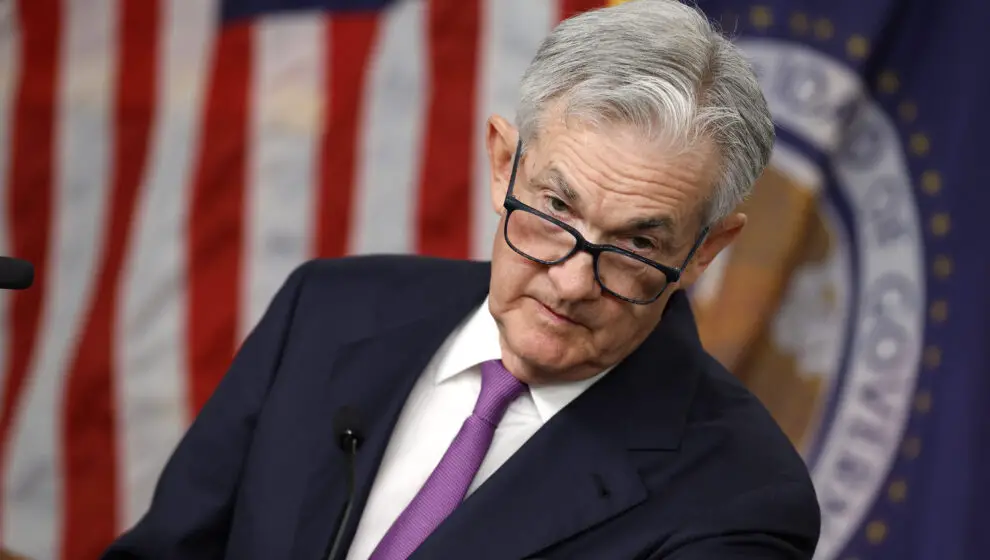The Federal Reserve released an upbeat economic forecast this week, predicting continued growth and slowing inflation over the next few years despite looming risks.
Key Details
- The Fed predicts real GDP growth around 1.9% in 2023 and 1.6% in 2024 and 2025. This indicates continued economic expansion rather than recession.
- Unemployment is expected to remain low, rising slightly to 4.6% in 2024 before dropping back to pre-pandemic levels of 3.7% by 2025.
- Inflation is now expected to cool down to 2.8% next year, 2.3% in 2024, and 2.0% in 2025, moving closer to the Fed’s 2% target. This suggests the aggressive rate hikes are working.
- The forecast is more positive than July’s edition, reflecting resilient consumer and business spending that points to ongoing growth rather than imminent recession.
WHY IT’S IMPORTANT
The updated predictions mark a shift from earlier this year when the Fed was bracing for potential recession as it battled high inflation. The minutes from the latest meeting make no mention of recession, showing greater confidence in the economy’s trajectory.
Reasons for cautious optimism include cooling inflation, giving the Fed leeway to slow rate hikes, steady interest rates supporting the housing market, a still-strong labor market, and economic growth that continues to beat expectations.
However, Fed economists and business leaders note substantial uncertainty remains. Threats from global conflicts, supply chain disruptions, and inflation staying entrenched could derail the outlook.
JPMorgan Chase CEO Jamie Dimon summed up the prevailing sentiment, stating, “There are a lot of things that could go right, and a lot of things that could go wrong.”
The Fed minutes did not factor in recent bond market volatility or global conflicts like the Israel-Hamas war that could breed instability. While risks remain, the Fed’s updated forecast points to a ‘Goldilocks’ scenario of continued growth and slowing inflation.
